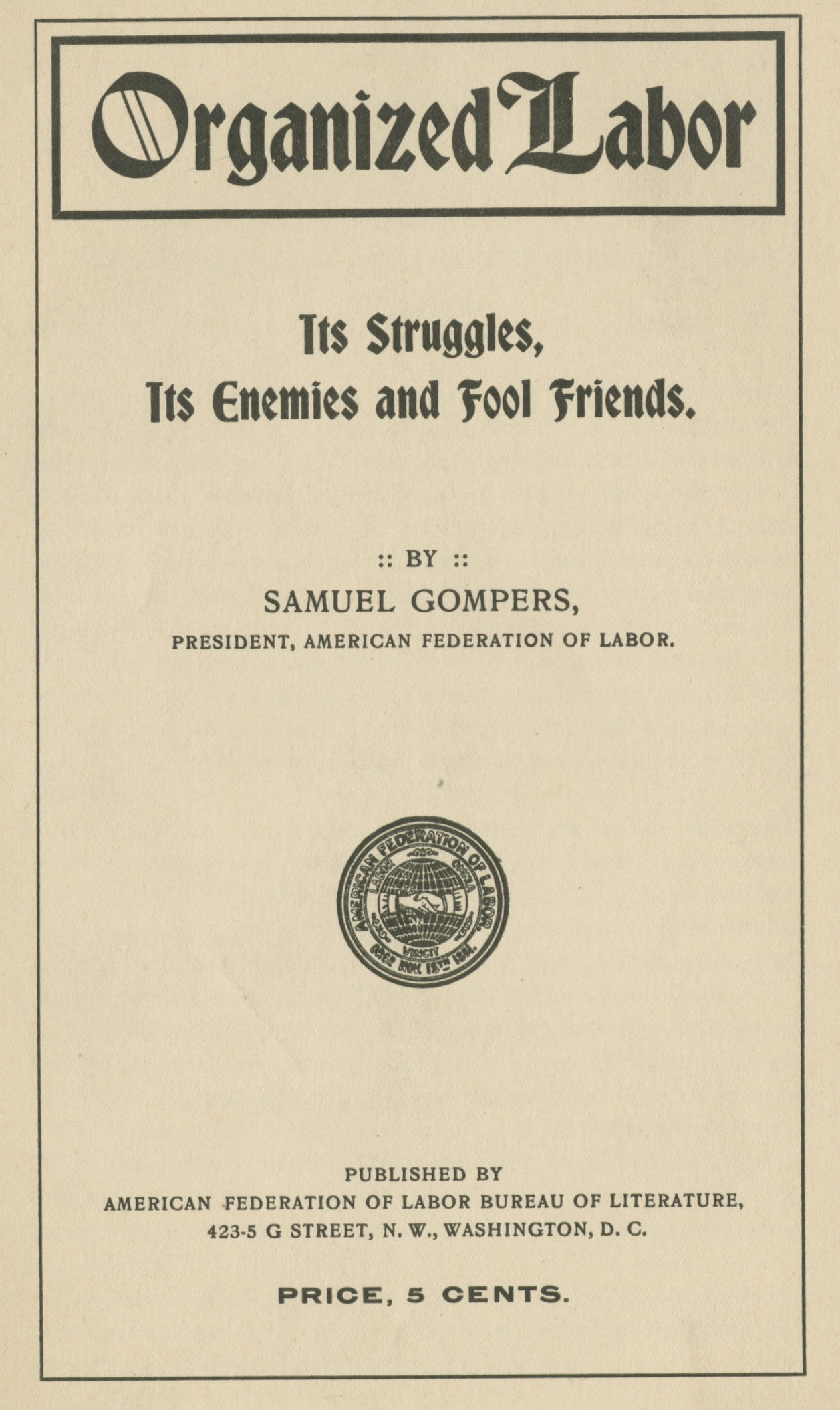The American Federation of Labor (AFL) exists as one of the foundations of New York City labor history and is featured prominently on the map. The AFL eventually merged with the Congress of Industrial Organizations (CIO), but it first began in 1881 when a committee of trade unionists gathered to develop a general labor organization. The resulting organization was named the Federation of Trades and Labor Unions. The Federation aimed to unite all unions into a single movement for the betterment of all wage earners. In 1886, the Federation was reorganized and became the American Federation of Labor. The AFL initially struggled to attract unions, but as union benefits became apparent, membership steadily increased.
Affiliated Organizations
The following organizations from the New York City Labor History Map are included in the AFL’s 1925 List of Organizations Affiliated With the American Federation of Labor:
-
-
-
-
-
- United Brotherhood of Carpenters and Joiners *
- Cigar Makers’ International Union of America *
- International Brotherhood of Electrical Workers
- International Ladies’ Garment Workers’ Union
- International Longshoremen’s Association
- Associated Actors and Artistes of America
-
-
-
-
*The United Brotherhood of Carpenters and Joiners and Cigar Makers’ International Union of America were two of the founding organizations of the Federation of Trades and Labor Unions in 1881.
The AFL was created as a response to other organizations of the time that were unionizing workers with varying skill levels. Skilled craftsmen felt they could demand more than unskilled workers from their employers. As a result, the AFL was created using craft unionism. This meant the AFL solely represented craftsmen by bringing together smaller unions based on particular crafts. Each craft-based union determined the policies and bargaining agreements of their trade. These smaller unions also managed job opportunities within their crafts, keeping opportunities open only to members of the union.
Over time, differences in opinions between the leadership in the AFL led to the creation of the Committee for Industrial Organization. The Committee set out to organize unskilled workers from the mass industries created during industrialization. This new committee eventually split off from the AFL, creating the Congress of Industrial Organizations.




